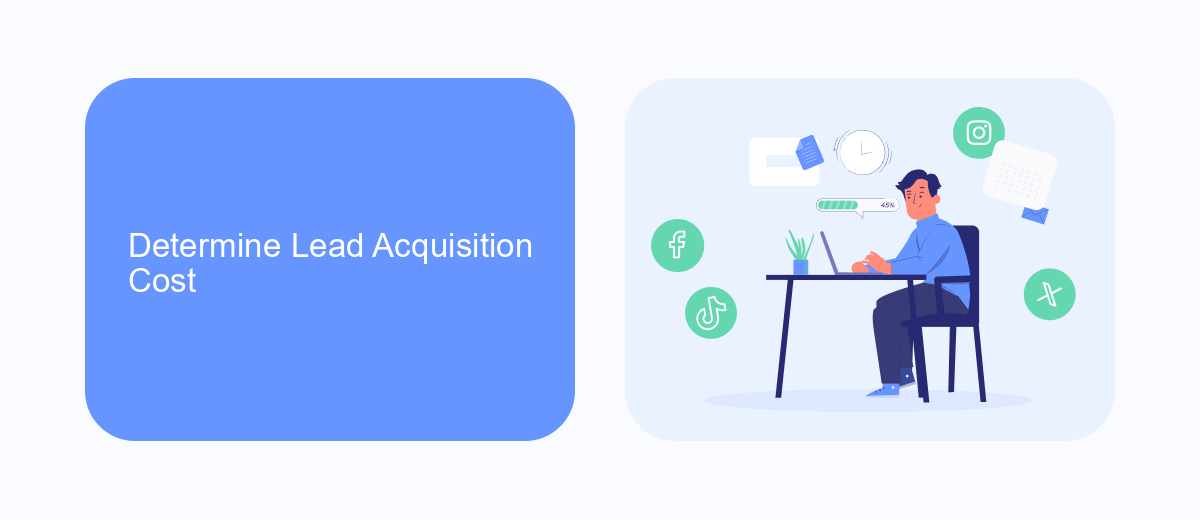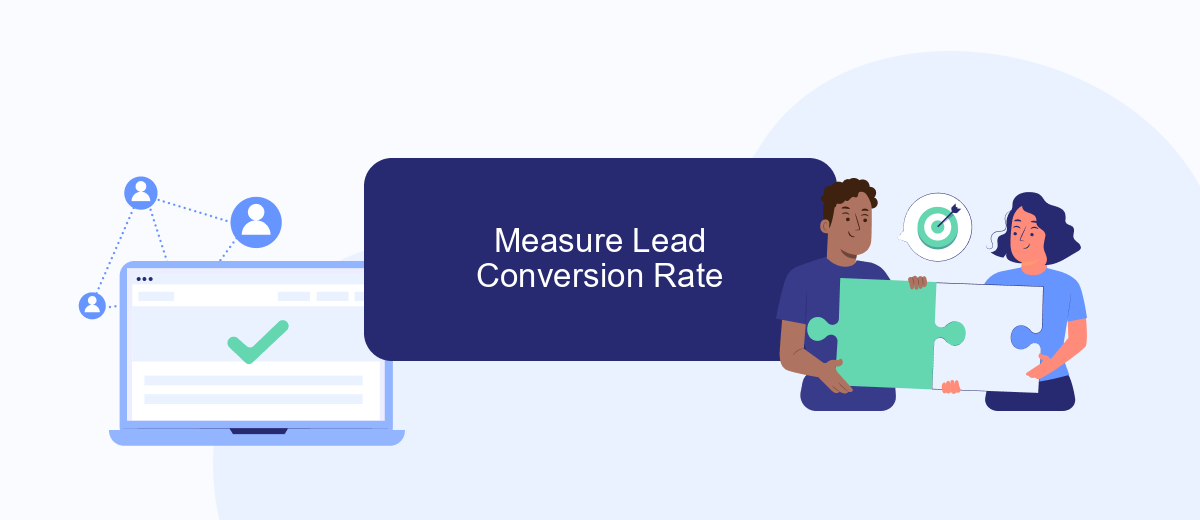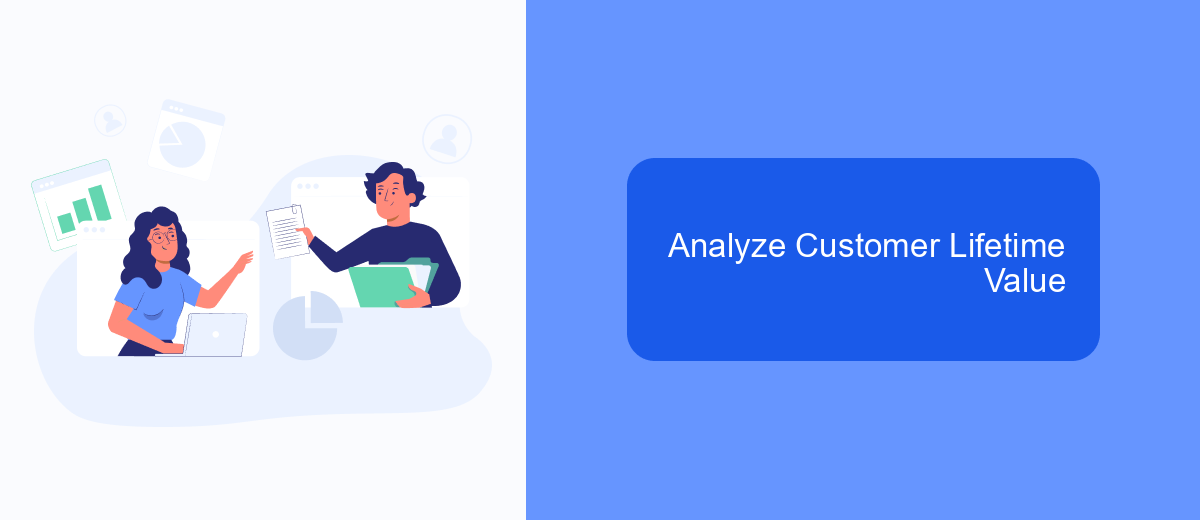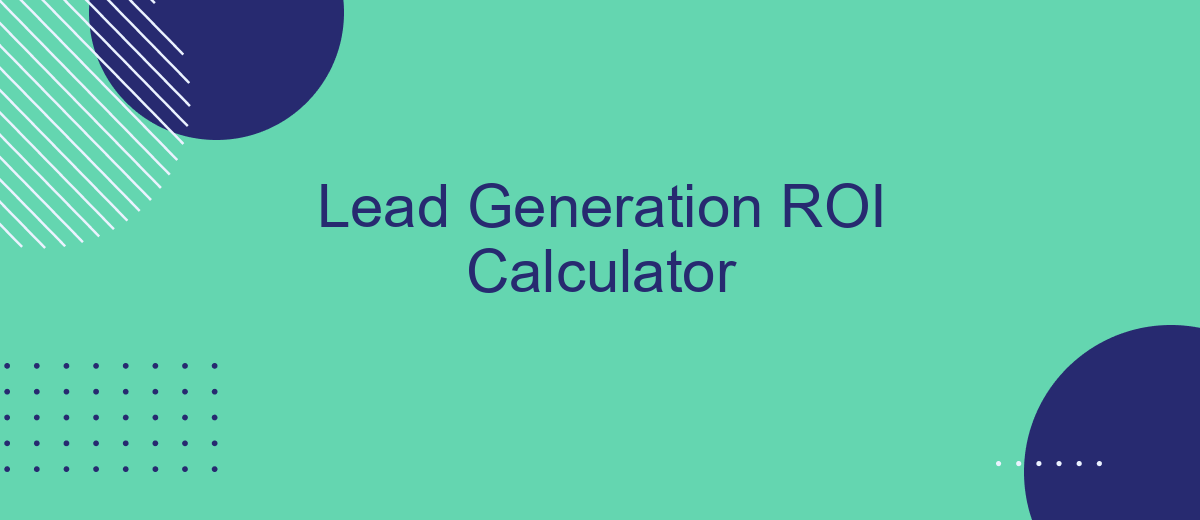In today's competitive business landscape, understanding the return on investment (ROI) for your lead generation efforts is crucial. A Lead Generation ROI Calculator can provide invaluable insights, helping you optimize your marketing strategies and allocate resources more effectively. This tool allows you to measure the profitability of your campaigns, ensuring that every dollar spent contributes to your business growth.
Calculate Lead Generation ROI
Calculating Lead Generation ROI is crucial for understanding the effectiveness of your marketing efforts. To get started, you'll need to gather key data points, such as total revenue generated from leads, total cost of lead generation campaigns, and the number of leads generated.
- Total Revenue: Sum of all sales attributed to generated leads.
- Total Cost: Sum of all expenses related to lead generation activities.
- Number of Leads: Total number of leads generated during the campaign period.
Once you have this data, use the formula: ROI = (Total Revenue - Total Cost) / Total Cost * 100. For more efficient data management and integration, consider using tools like SaveMyLeads. This service automates the process of collecting and integrating lead data from various sources, ensuring accurate and timely ROI calculations.
Determine Lead Acquisition Cost

Determining your lead acquisition cost is a crucial step in understanding the overall efficiency of your lead generation efforts. Start by calculating all the expenses associated with attracting potential customers. These costs can include advertising spend, marketing software subscriptions, salaries for your marketing team, and any outsourced services. By summing up these expenses, you can get a comprehensive view of what it takes to bring a lead into your sales funnel.
To streamline this process, consider leveraging integration services like SaveMyLeads. This platform can automate the flow of lead data between your marketing tools and CRM, reducing manual effort and potential errors. By using SaveMyLeads, you can ensure that your lead acquisition costs are accurately tracked and updated in real-time, providing you with clear insights into your marketing ROI. This, in turn, allows you to make data-driven decisions to optimize your lead generation strategies and maximize returns.
Measure Lead Conversion Rate

Measuring your lead conversion rate is crucial for understanding the effectiveness of your marketing efforts. By tracking this metric, you can gauge how well your leads are transitioning into paying customers, allowing you to optimize your strategies accordingly.
- Identify the total number of leads generated over a specific period.
- Determine the number of those leads that have successfully converted into customers.
- Calculate the conversion rate by dividing the number of conversions by the total number of leads and multiplying by 100.
Using tools like SaveMyLeads can simplify this process by automating data collection and integration from various sources. This service helps you seamlessly connect your lead generation platforms with your CRM, ensuring that your data is accurate and up-to-date. By leveraging such tools, you can focus more on analyzing and improving your lead conversion strategies rather than getting bogged down by manual data entry.
Analyze Customer Lifetime Value

Analyzing Customer Lifetime Value (CLV) is crucial for understanding the long-term profitability of your lead generation efforts. By calculating CLV, you can better allocate your marketing budget and focus on acquiring high-value customers. This metric helps in predicting future revenue and making informed decisions about customer acquisition strategies.
To calculate CLV, you need to consider several factors such as average purchase value, purchase frequency, and customer lifespan. These components will give you a comprehensive view of how much revenue a customer is likely to generate over their lifetime with your business. Additionally, integrating CLV calculations with your lead generation tools can streamline the process.
- Average Purchase Value: Total revenue divided by the number of purchases.
- Purchase Frequency: Number of purchases divided by the number of unique customers.
- Customer Lifespan: Average number of years a customer continues to purchase from your business.
Utilizing services like SaveMyLeads can simplify the integration of CLV calculations with your CRM and marketing tools. This allows for real-time updates and more accurate data analysis, ensuring that your lead generation strategies are always aligned with your business goals.


Optimize Lead Generation Strategy
To optimize your lead generation strategy, start by analyzing the performance of your current tactics. Identify which channels and campaigns are delivering the highest quality leads and focus your resources on these areas. Utilize A/B testing to experiment with different messaging, landing pages, and call-to-actions to see what resonates best with your audience. Regularly review and adjust your strategy based on the data to ensure you are maximizing your ROI.
Integrating your lead generation tools with other business systems can streamline your processes and improve efficiency. Services like SaveMyLeads can automate the transfer of lead data from your lead generation platforms to your CRM, email marketing tools, and other applications. This not only saves time but also reduces the risk of errors and ensures that your sales team has access to the most up-to-date information. By leveraging automation and integration, you can create a more cohesive and effective lead generation strategy.
FAQ
What is a Lead Generation ROI Calculator?
How do I use a Lead Generation ROI Calculator?
Why is calculating ROI important for lead generation?
Can a Lead Generation ROI Calculator integrate with my existing CRM?
What factors can affect the accuracy of a Lead Generation ROI Calculator?
If you use Facebook Lead Ads, then you should know what it means to regularly download CSV files and transfer data to various support services. How many times a day do you check for new leads in your ad account? How often do you transfer data to a CRM system, task manager, email service or Google Sheets? Try using the SaveMyLeads online connector. This is a no-code tool with which anyone can set up integrations for Facebook. Spend just a few minutes and you will receive real-time notifications in the messenger about new leads. Another 5-10 minutes of work in SML, and the data from the FB advertising account will be automatically transferred to the CRM system or Email service. The SaveMyLeads system will do the routine work for you, and you will surely like it.
